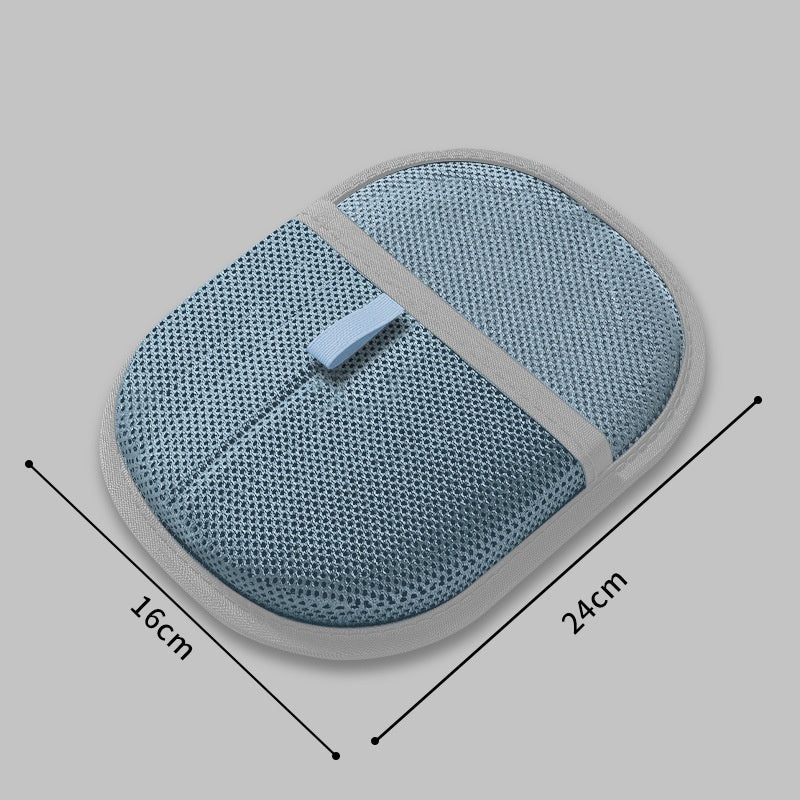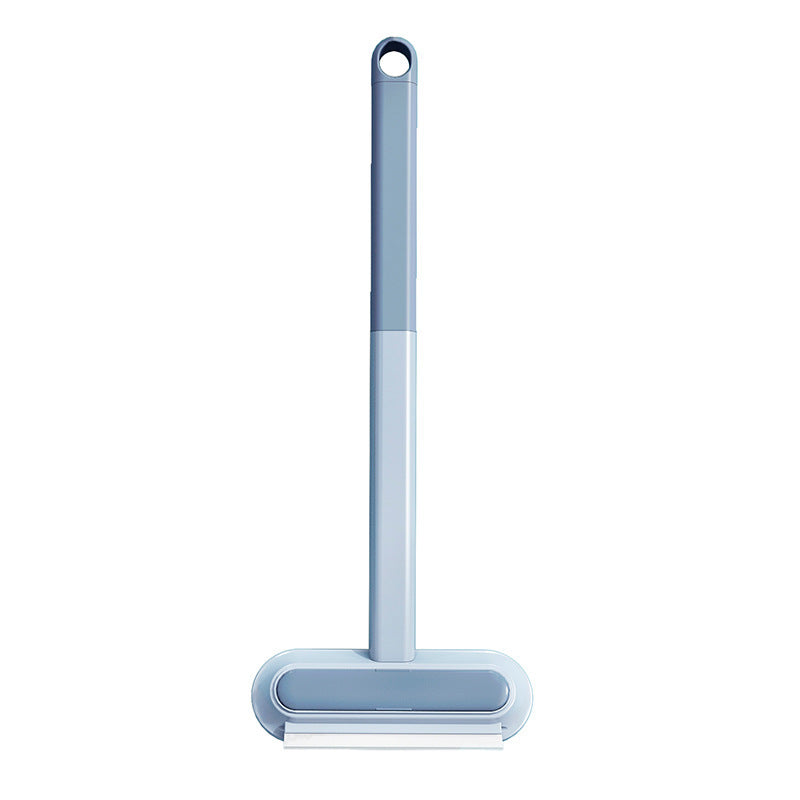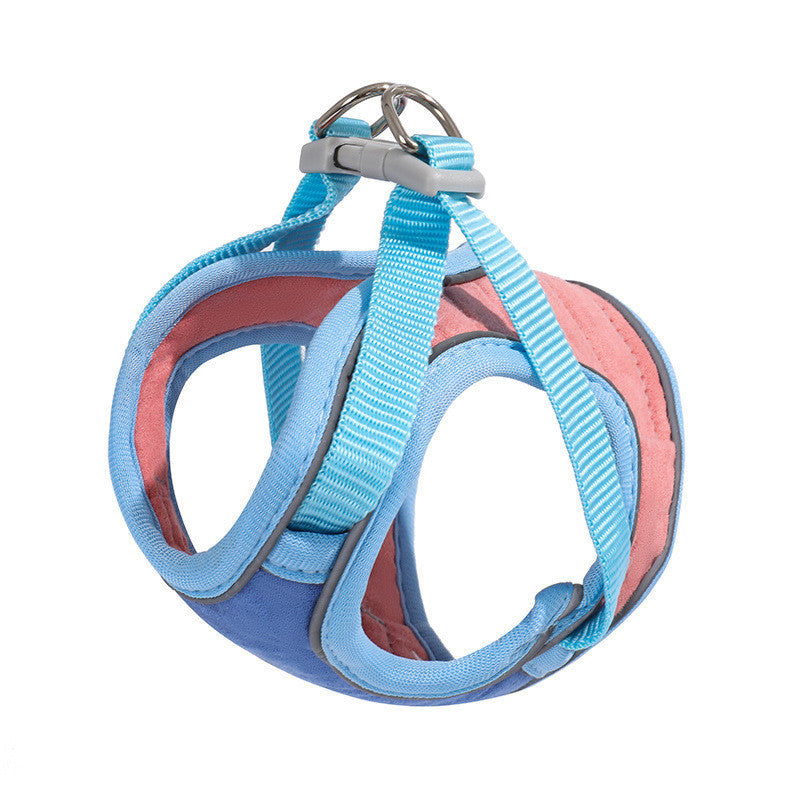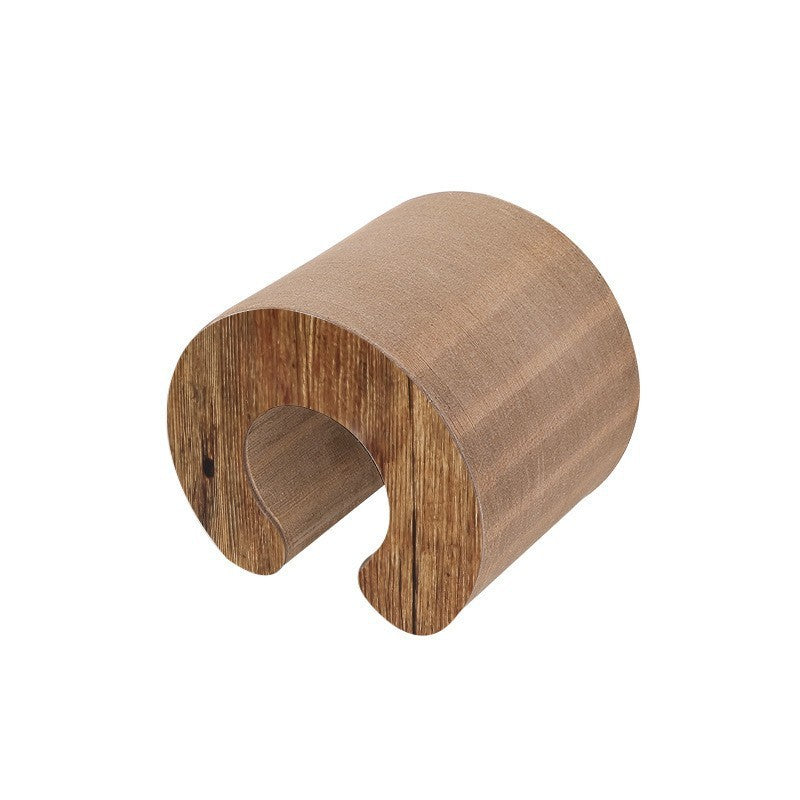Cats are masters at hiding discomfort, an evolutionary trait that helped their wild ancestors conceal vulnerability from predators. This means that by the time cats show obvious signs of stress, they're often already significantly affected. Learning to recognize subtle stress indicators can help you address problems before they escalate.
In this blog, we'll explore common signs of feline stress and strategies to restore your cat's sense of security.
Behavioral changes: Stressed cats often show changes in their normal routines. A social cat may become withdrawn, while a normally independent cat might become clingy. Changes in eating, grooming, or sleeping habits are particularly telling and warrant attention.
Hill’s Pet and SurePetcare Australia explain that excessive grooming, dilated pupils, flattened ears, and a tucked tail are classic signs of stress in cats. Some cats may also develop physical symptoms like diarrhea or skin irritation due to anxiety.
Litter box issues: Cats under stress frequently express their discomfort through litter box avoidance or inappropriate elimination. Rather than assuming behavioral problems, consider whether anxiety about territory, changes in the household, or even the litter box location might be causing distress.
Physical indicators: Excessive grooming leading to bald patches, dilated pupils, flattened ears, or a tucked tail can all indicate stress. Some cats develop stress-related physical symptoms like digestive upset or skin conditions that may require veterinary attention.
Vocalization changes: Some stressed cats become more vocal, while others become unusually quiet. Any significant change from your cat's normal communication style merits investigation, particularly if accompanied by other stress indicators.
Defensive postures: Hiding, frequent startling, or adopting defensive postures like crouching low to the ground with tense muscles suggests your cat doesn't feel safe in their environment. Even aggression is typically fear-based rather than dominant behavior in cats.
SurePetcare Australia and Cat Behavior Alliance describe how stressed cats may adopt defensive postures such as crouching, hiding, or flattening their ears, and may even lash out aggressively when feeling threatened. This is a sign that they do not feel safe in their environment.
Helping a stressed cat begins with identifying potential triggers. Common stressors include household changes (new pets, babies, furniture rearrangement), routine disruptions, threats to territory (neighborhood cats visible through windows), or even subtle factors like new scents or sounds in the home.
| Sign/Indicator | Description | Recommended Solution |
|---|---|---|
| Behavioral Changes | Withdrawal, clinginess, routine changes | Observe closely, minimize changes, provide comfort |
| Litter Box Issues | Avoidance, inappropriate elimination | Identify stressors, ensure clean, accessible boxes |
| Physical Indicators | Overgrooming, dilated pupils, flattened ears | Provide safe spaces, consult vet if persistent |
| Vocalization Changes | Increased or decreased meowing, growling | Monitor, address underlying causes |
| Defensive Postures | Hiding, crouching, aggression | Reduce threats, allow retreat, avoid forcing interaction |
| Stress Triggers | New pets, routine changes, outside threats | Maintain routine, provide multiple resources |
| Calming Products | Pheromone diffusers, supplements, medication | Use as needed, consult Australian vet |
Creating predictable routines, providing adequate resources (multiple feeding stations, litter boxes, and resting areas in multi-cat homes), and ensuring safe hiding places can all help reduce stress.
For persistent anxiety, products like pheromone diffusers, calming supplements, or even prescription medications might be recommended by your veterinarian.
Step-by-Step Guide: Recognizing and Reducing Cat Stress
- Monitor for Behavioral Changes: Watch for withdrawal, clinginess, or changes in eating, grooming, or sleeping habits.
- Address Litter Box Issues: Investigate possible stressors if your cat avoids the litter box or eliminates inappropriately.
- Look for Physical Indicators: Check for excessive grooming, dilated pupils, flattened ears, or a tucked tail.
- Observe Vocalization Changes: Note any increase or decrease in vocalization, especially if accompanied by other stress signs.
- Recognize Defensive Postures: Be alert for hiding, crouching, or aggression, which indicate your cat feels unsafe.
- Identify and Minimize Stressors: Reduce changes in routine, provide multiple resources, and create safe hiding places.
- Use Calming Products if Needed: Consider pheromone diffusers, calming supplements, or consult your Australian vet for medication options.
- Be Patient: Allow your cat time to adjust and rebuild their sense of security.
Remember that patience is essential. Cats need time to process changes and rebuild their sense of security.
FAQs: Cat Stress in Australia
Q: What are common signs of stress in cats?
A: Signs include withdrawal, clinginess, changes in eating/grooming/sleeping, litter box avoidance, excessive grooming, dilated pupils, flattened ears, increased or decreased vocalization, hiding, and aggression.
Q: Why do cats hide their discomfort?
A: Cats instinctively hide signs of weakness to avoid appearing vulnerable to predators, making it important to notice subtle stress indicators.
Q: What should I do if my cat is avoiding the litter box?
A: Consider whether stress, changes in routine, or litter box location might be causing distress. Ensure the box is clean and accessible, and minimize household changes.
Q: How can I help my stressed cat?
A: Maintain predictable routines, provide multiple resources and safe hiding places, and use calming products like pheromone diffusers if needed. Consult your Australian vet for persistent anxiety.
Q: When should I see a vet for my cat’s stress?
A: If your cat shows persistent or severe signs of stress, or develops physical symptoms like skin irritation or digestive upset, consult your vet for advice.


















































































